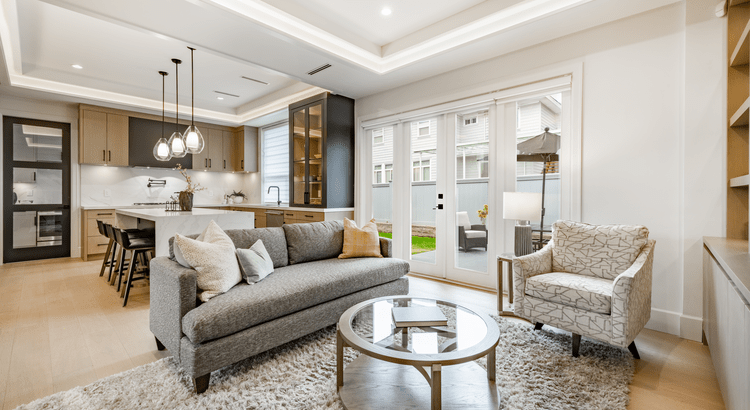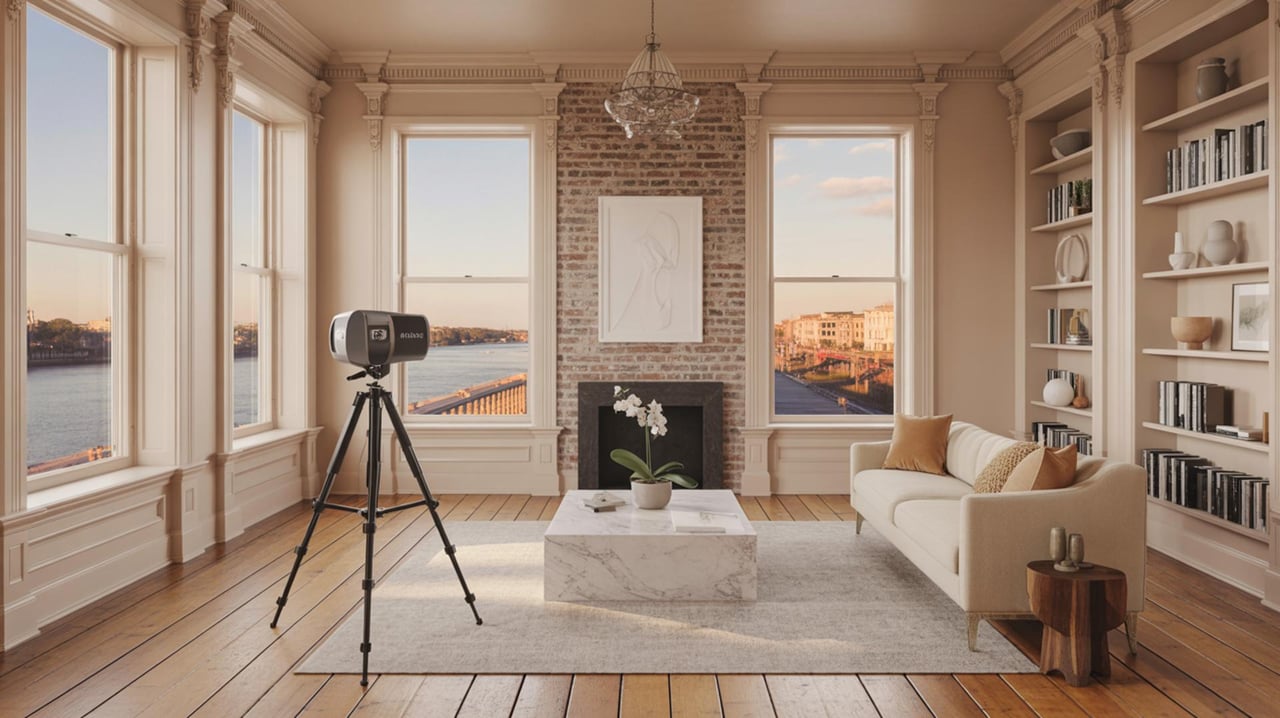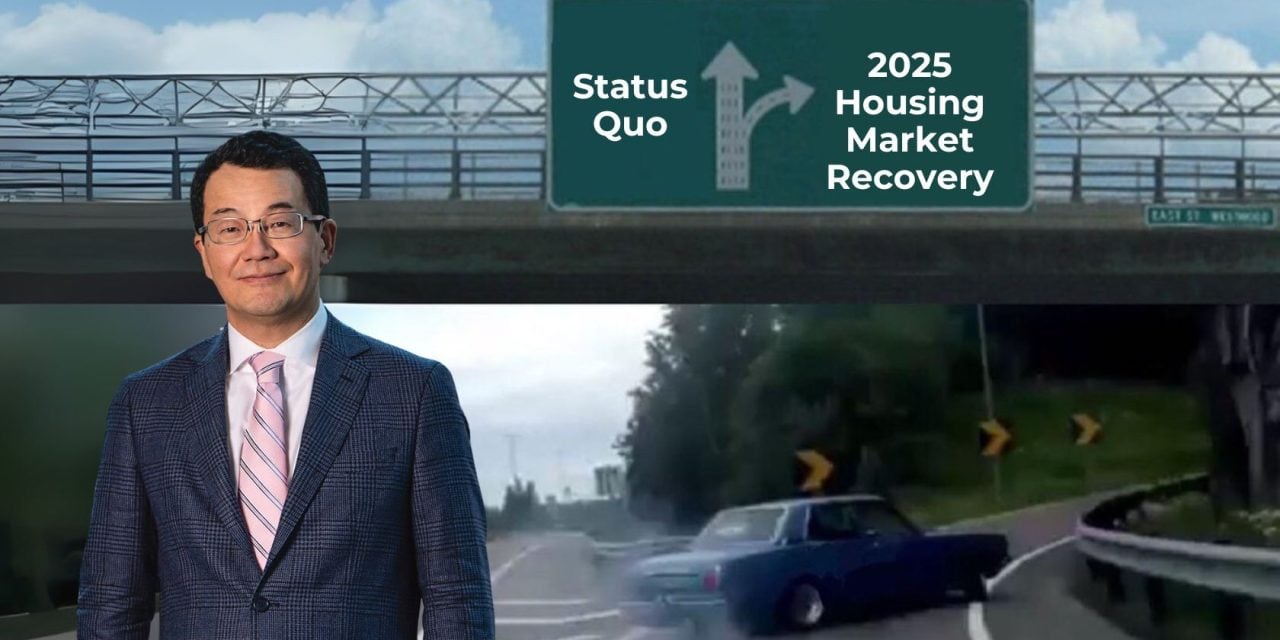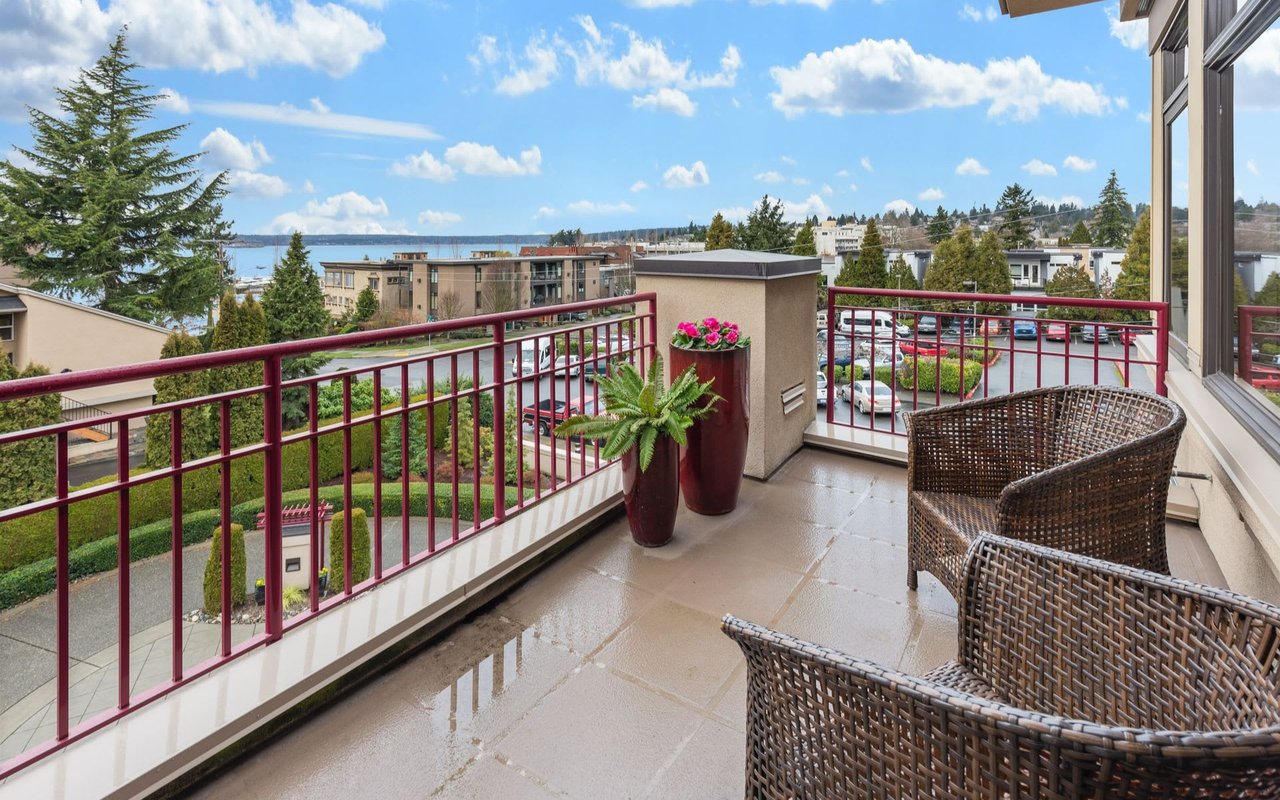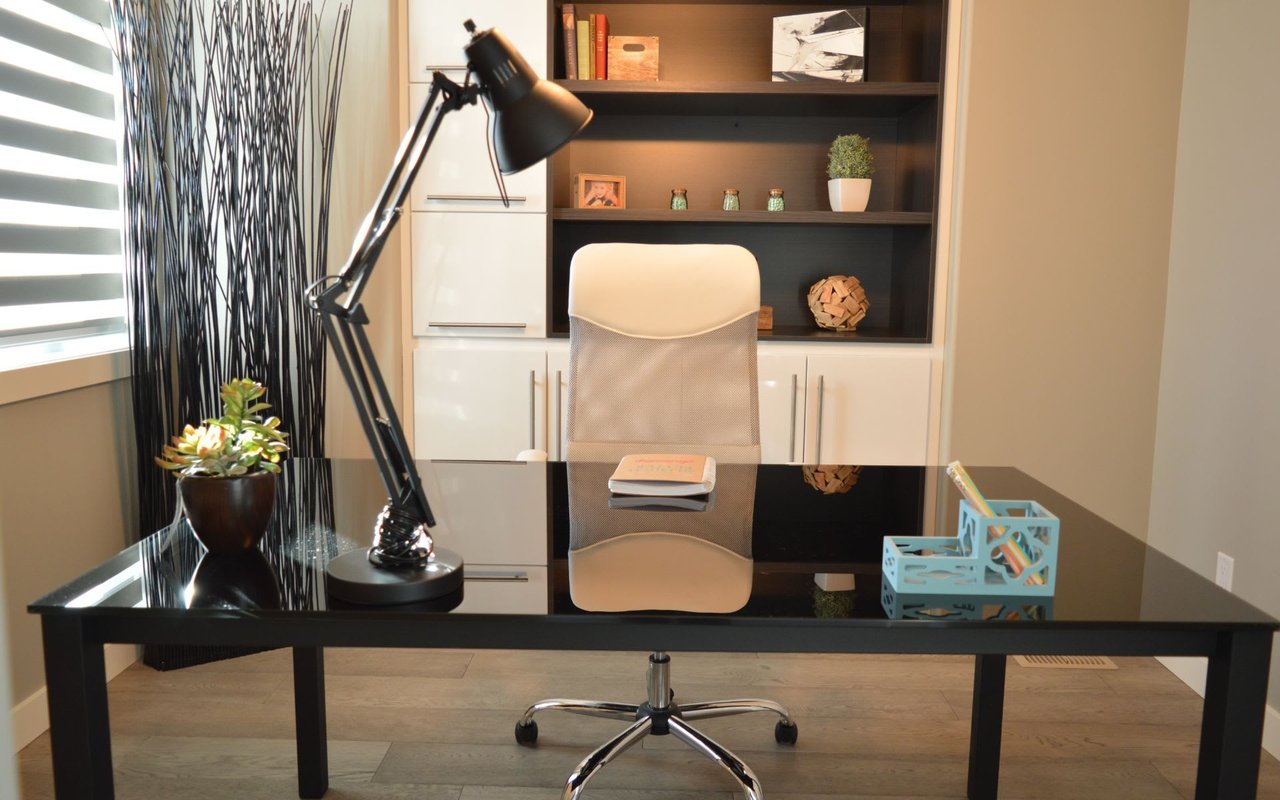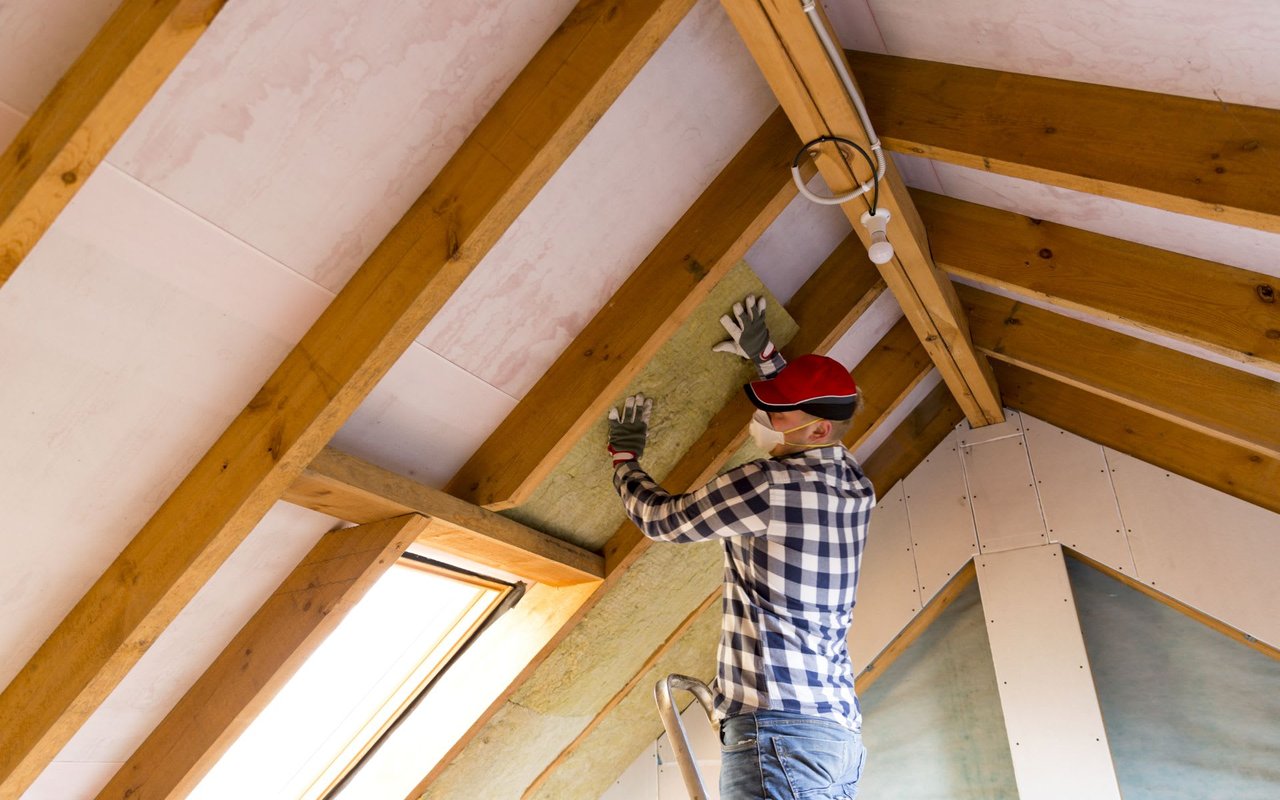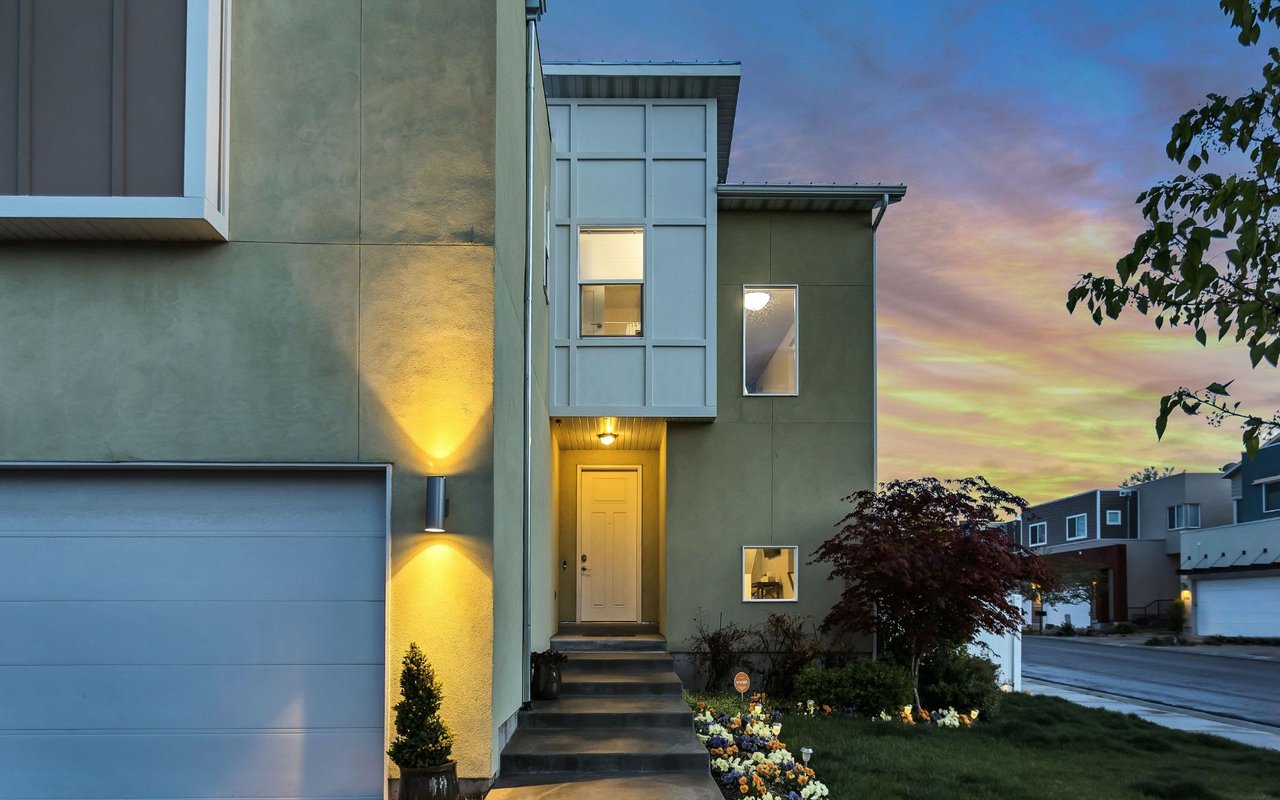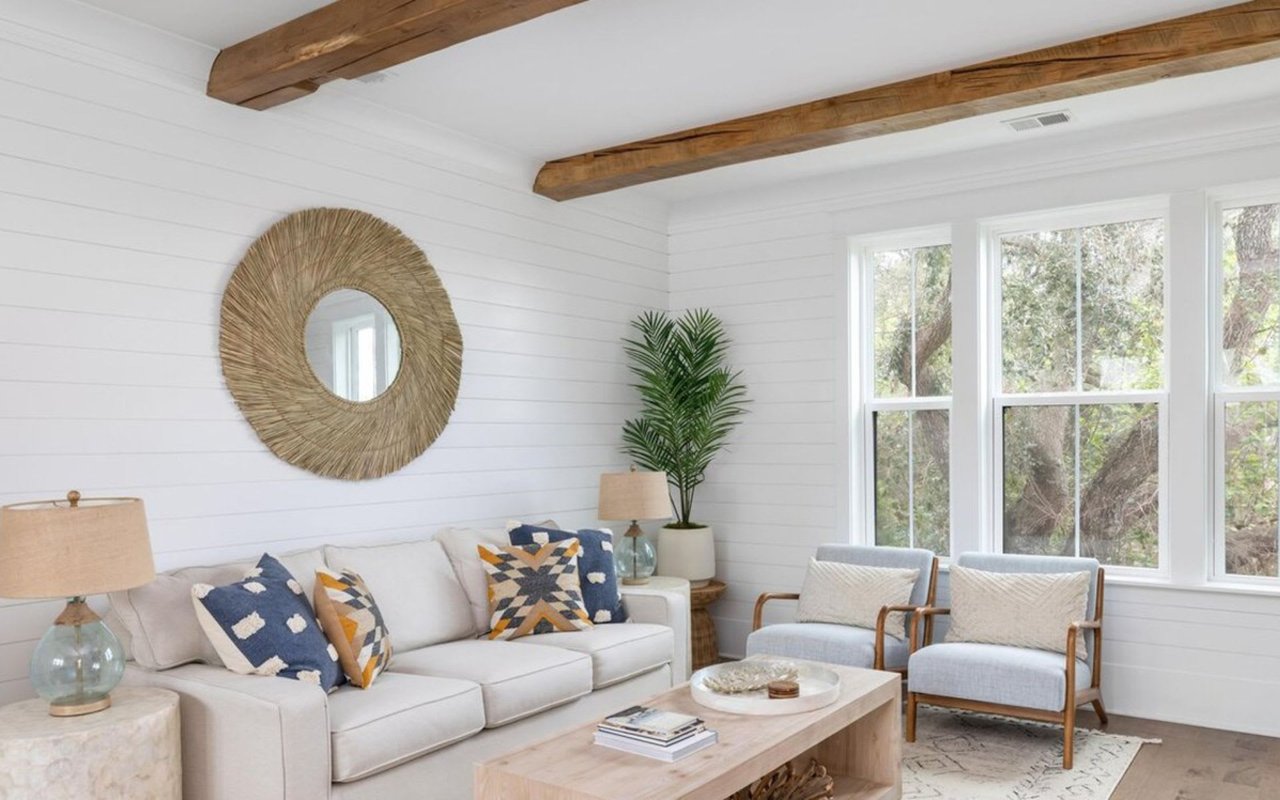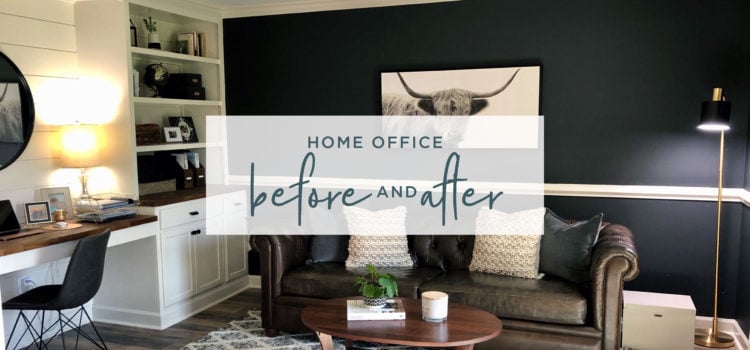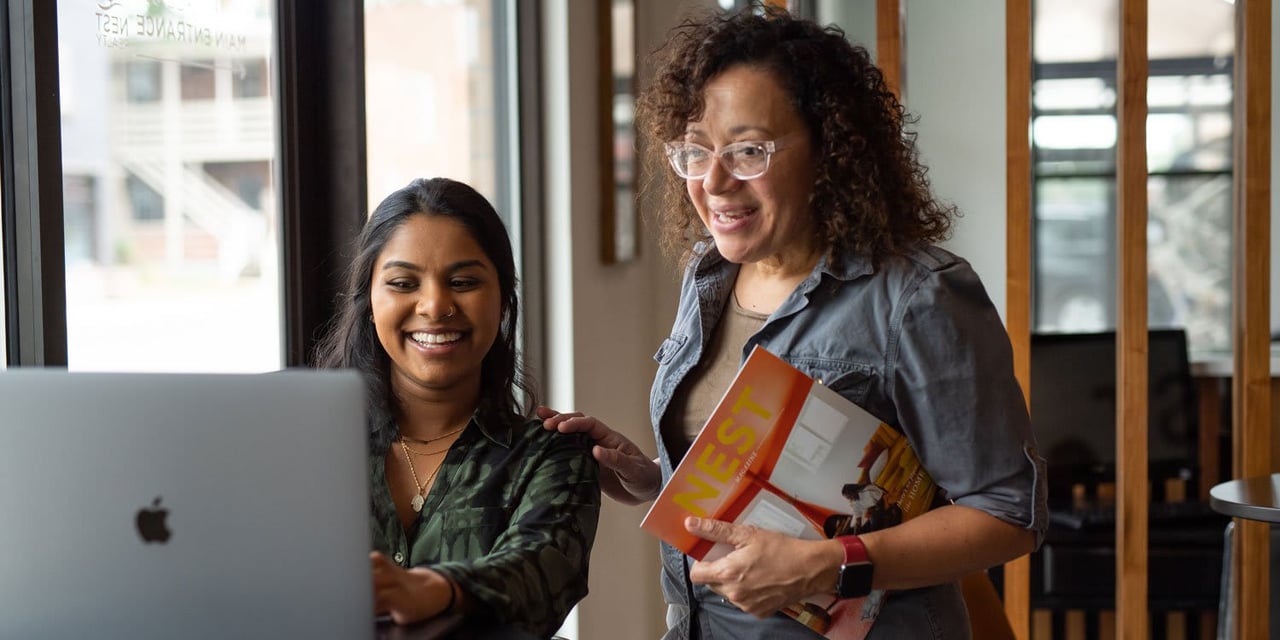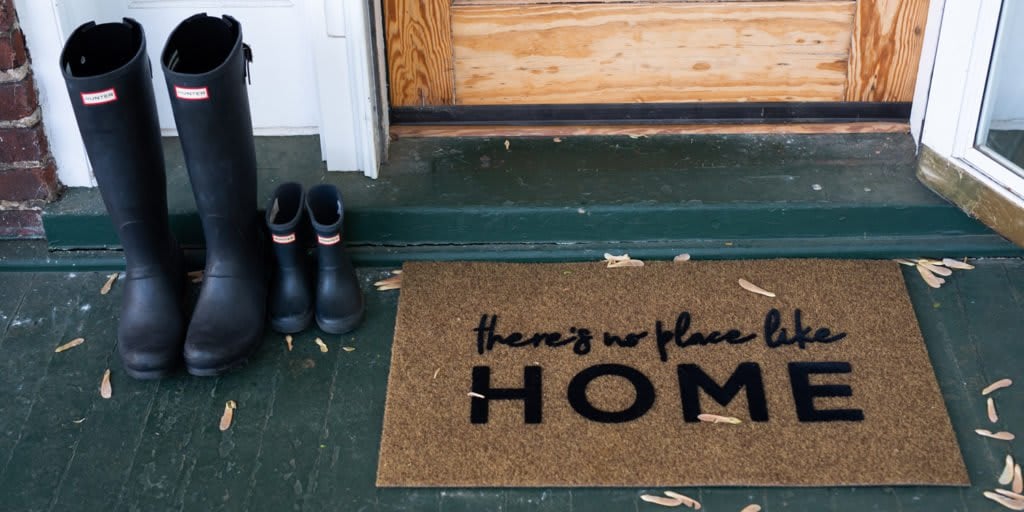USING VIDEO TOOLS TO MAKE A POSSIBILITY, REAL!
This is Part 3 of a four-part series about having a successful purchasing experience without being on site, which has become a viable option for many buyers in the current climate. Click to view the original Part 1 and Part 2.
Ah, the great internet. A life changer and a game changer. Even with all the inherent issues around being online—too much screen time, misinformation, and general shenanigans—the internet is a great quiver of tools when you need help narrowing down actual properties for a sight-unseen purchase.
In this post, I focus not on the tools you can use to check out states, governments, municipalities, schools, traffic, weather, crime, cost of living, etc., but on the tools that help you explore actual neighborhoods and properties you might not be familiar with. Your agent can get a good idea from you about what broadly will or will not work. Most local websites will give you an idea of neighborhoods so you can get a feel for the area. For example, the Nest Realty YouTube channel site has dozens of short local videos, giving you an idea of streetscapes and housing stock. Any local agency you work with should have something similar if they are true local experts.
EXPLORE THE WEB

At the neighborhood level, searching online for the local homeowners association site (where an HOA exists) is a good start. While many of these are private, lots of HOAs have general info available. Google Earth is good, of course. Many municipalities also have local neighborhood boards as part of their website. Our local version here in Charlottesville is particularly robust! And of course, your agent can direct you to hyper-local sites for the specific kinds of things you are interested in knowing about.
At the property level, Google Street View is a good place to start. Things like cars on the street (number, ages, etc.) can tell you a lot. Tree cover, sidewalks (or lack thereof), the number of potholes, trash…you can tell a lot by just “looking” around.
Anyone who has been looking at property online and then goes to the property in real life knows that pictures are not always very accurate. Funny lens shapes, bad lighting (or too much fake lighting), clutter, and more can obfuscate what a house is really like. Static pictures are a good start, but they don’t tell the whole story…or even a good one.
ADVANTAGES OF VIDEO
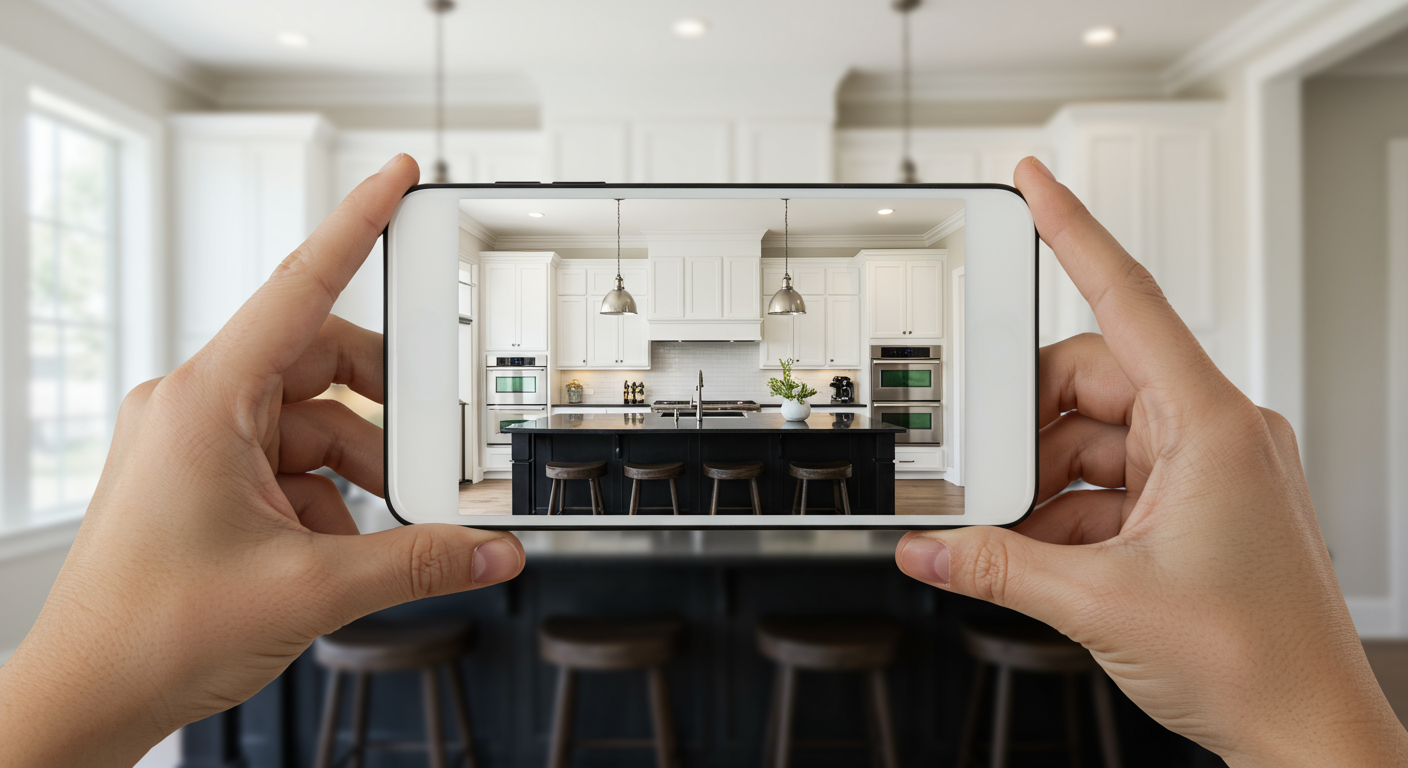
The winner? Video. Period. And real time video, too, not a series of short uploads. Here are some tips:
VIDEO QUALITY
Arrange to video chat with your agent. Be sure your’e in a spot that can receive a real time video signal with the fastest internet speed you can find (move closer to your router, if needed). Use the biggest screen with the best resolution you have access to—your Apple TV, your largest computer screen. Spending money on a house shouldn’t be relegated to decision-making via a tiny cell screen. If this is your only chance to “see” a property…you need to be able to see it! Be sure you have good sound capabilities, too. You need to be able to interact and ask questions.
TIMING AND ARRIVAL
Plan on spending an hour on your video tour. I can’t remember the last time a home was in serious contention for a sight-unseen buyer in which the street, the front and back yard, and the entire house, attic, garage, etc., didn’t take an hour. Take your time and make sure you’re getting a really good look.
Start with the area/street. Ideally, it will be midday, when the sun is brightest, so you can get a good view. The agent should narrate the drive to the house from the direction you would be coming from work, grocery shopping, or whatever—not just the pretty “back” way, but the path you’re most likely to take on the regular. The agent should point out options, pitfalls, and traffic patterns.
ONCE YOU ARRIVE
Explore the drive into the house and the parking area/garage. Make sure the property dovetails with your needs for physically getting into the house. Do you have an RV that needs parking? What about wheelchair access? Do you have a huge old dog who needs not-too-steep stairs? If you plan on parking in the garage, consider whether your huge SUV or panel van fits inside with room for you to open the doors. Tell your agent to enter the house at the place YOU will most likely enter. If you have a garage and plan on parking inside, start there. No one parks in a connected garage and then exits the garage to enter through the front door. You want to find out what it’s like to do the things you do every day.

The agent should narrate the entire time, and you should be asking questions, too. This is no time for an artsy approach. Open every door, drawer, and closet. Do they stick or squeak? Are there lights? If you stand at the kitchen sink, how does the dishwasher load (right or left)? If you stand in front of the stove with the door open, do you hit an island behind you? These are all things you’d naturally notice if you were there; with a proxy, it requires one extra step. Be sure the agent goes into each room. Look out the windows (Traffic? Trees blocking the light? Ugly neighbor’s yard?), and out the exterior doors. Are the bathrooms in the right spot? Does the laundry area make sense? Explore every room and closet from multiple angles. Which ones look big online, but might not have room for a twin bed? The agent should narrate the entire time, and you should be asking questions, too. This is no time for an artsy approach. Open every door, drawer, and closet. Do they stick or squeak? Are there lights? If you stand at the kitchen sink, how does the dishwasher load (right or left)? If you stand in front of the stove with the door open, do you hit an island behind you? These are all things you’d naturally notice if you were there; with a proxy, it requires one extra step. Be sure the agent goes into each room. Look out the windows (Traffic? Trees blocking the light? Ugly neighbor’s yard?), and out the exterior doors. Are the bathrooms in the right spot? Does the laundry area make sense? Explore every room and closet from multiple angles. Which ones look big online, but might not have room for a twin bed?
ASK QUESTIONS
There are many things even high quality video won’t show, so you need to ask. How do the rooms smell? Is the carpet gross? Is the traffic loud? Can you hear the neighbors? Does it smell like plug-in air fresheners masking something nefarious? Is the fence high enough for your escape-artist dog? Basement and attic spaces are often easy to access, and shouldn’t be ignored if so. You’re buying those areas, too, and frankly, that’s where you’ll find the costly repairs. Entering a crawlspace is par for the course for me (I carry disposable suits in my car for the occasion!), but they don’t make for good video. Sometimes those areas are better left for the inspection process. Look at all the system-end stuff, if accessible (if not, that tells you something, too!). The water heater, HVAC, main water shut-off, electrical panel, etc.—this is the important stuff. Your fancy cherry kitchen cabinets aren’t that exciting if you need to crawl into a wet, tiny, creepy crawl space to reset an electrical panel breaker. Eww.
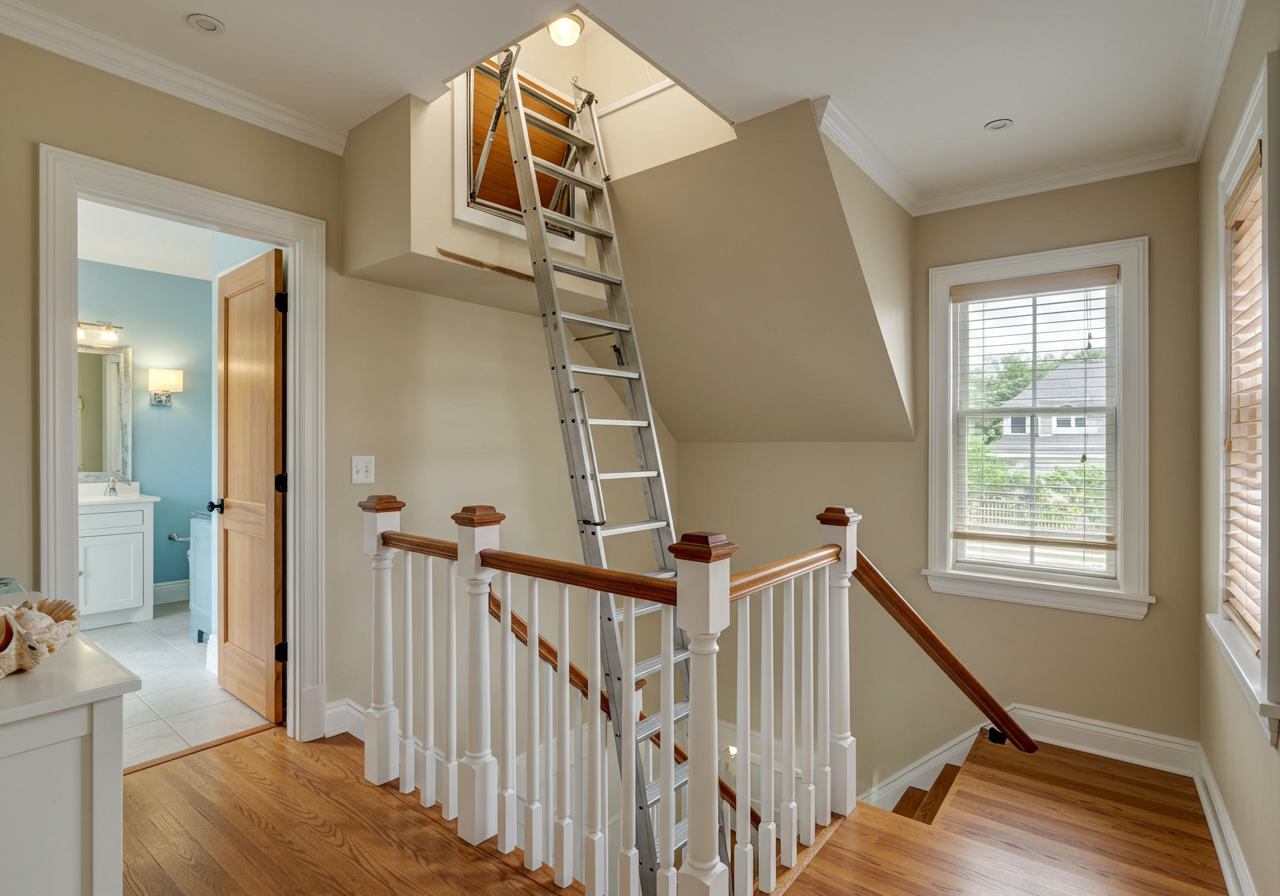
This is also the time to look for potential showstoppers: mold or other fungal growth; presence or suspicion of Qest plumbing; asbestos siding or flooring; foundation cracks; or other things that might be enough of an issue to steer you away from spending money on an inspection. EVERY problem can be fixed with enough time and money, so you’ll need to weigh your findings with the market activity, competition in the place(s) your prefer to live, your timing, etc.
NEXT STEPS
Video is an amazing tool. There’s a reason TV news still exists—seeing the action live is the best substitute if you can’t be there in person. Using a live video walkthrough of a property is a solid way to make a few key decisions. Will you make an offer, or reject the property out of hand because of some fatal flaw? Maybe you will write an offer, but for way less than you anticipated given it’s now-known condition.
Pulling the trigger and writing an offer on a property you have only experienced from afar involves a good relationship with a local, trusted buyer agent. They need to be willing to be a wet blanket, speak the truth, play devil’s advocate on your behalf, and note and identify the things you can’t, even with video. It can be a great stop-gap in markets where properties go in hours at certain times of year. It can give you some breathing room to maybe even write an offer early enough to avoid multiple-offer scenarios.
Good communication goes a long way toward making an informed decision about whether an offer, of any sort, is the right next step!
Next up in Part 4: Your offer was just accepted for a property you have never seen! I break down how to approach the next steps to be sure moving forward makes sense.







